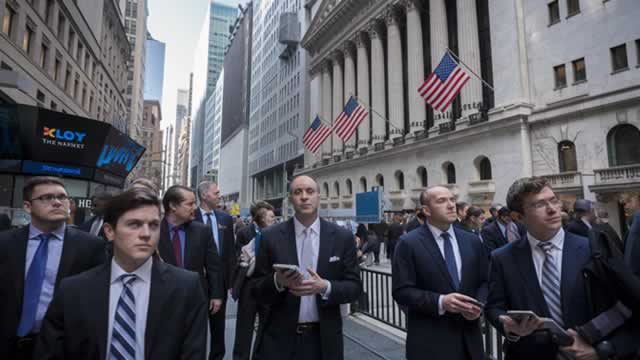Construction Industry Trends Impacting Litigation in 2024
Introduction
In the fast-paced world of construction, disputes and litigation are unfortunately inevitable. As we look towards 2024, industry experts like James Gallagher, Principal at Resolution Management Consultants, Inc., are predicting trends that will continue to impact construction litigation. Despite an anticipated slowdown in project starts, the pace of disputes is expected to remain steady as companies navigate cost-saving measures, project delays, and financial constraints. Let’s delve into the key trends shaping the construction industry and their implications for litigation.
Technological Advancements
One of the major trends influencing construction litigation is the rapid pace of technological advancements within the industry. From Building Information Modeling (BIM) to drones and virtual reality, these tools are revolutionizing the way projects are designed, planned, and executed. While these technologies can improve efficiency and accuracy, they also introduce new complexities and potential areas for disputes. For example, disagreements over data interpretation, design flaws, and project delays related to technology integration can lead to litigation. As construction companies continue to embrace these innovations, it is crucial for legal professionals to stay abreast of the latest trends and potential legal challenges.
Environmental Regulations
With an increasing focus on sustainability and environmental protection, construction projects are subject to stringent regulations and requirements. Compliance with environmental standards, such as LEED certification and waste management protocols, has become a priority for many stakeholders in the industry. Failure to meet these standards can result in costly delays, fines, and potential legal disputes. As the push for greener construction practices continues to grow, construction litigation is likely to see an uptick in cases related to environmental violations and regulatory non-compliance. Legal experts will need to be well-versed in these evolving regulations to effectively navigate disputes in this area.
Workforce Challenges
Another significant trend impacting construction litigation is the evolving workforce dynamics within the industry. With an aging workforce and a shortage of skilled labor, construction companies are facing challenges in recruiting and retaining top talent. This can lead to issues such as understaffing, skills gaps, and labor disputes, all of which have the potential to escalate into legal conflicts. Additionally, the rise of subcontracting and outsourcing in construction projects has created complexities in contractual relationships, payment disputes, and liability issues. As the construction workforce continues to evolve, legal professionals must be prepared to address these workforce challenges and mitigate their legal implications.
Impact on Stakeholders
As construction litigation trends evolve in 2024, it is essential for all stakeholders in the industry to be aware of the potential impact on their operations and projects. Owners, developers, contractors, subcontractors, and legal professionals alike must stay informed about emerging trends, regulations, and technologies that could influence the likelihood of disputes and litigation. By proactively addressing these issues and implementing risk mitigation strategies, stakeholders can reduce the likelihood of legal conflicts and protect their interests in an increasingly complex construction landscape.
Conclusion
In conclusion, the construction industry is poised for significant changes in 2024 that will have a direct impact on construction litigation. From technological advancements to environmental regulations and workforce challenges, these trends are reshaping the way construction projects are executed and managed. As construction professionals navigate these changes, it is crucial for them to stay informed, proactive, and prepared to address potential disputes and legal challenges. By understanding the key trends shaping the industry and their implications for litigation, stakeholders can position themselves for success in an evolving construction landscape.
How will this affect me?
As a construction professional or stakeholder in the industry, the trends impacting construction litigation in 2024 will have a direct impact on your day-to-day operations and projects. It is essential to stay informed about emerging trends, regulations, and technologies to proactively address potential disputes and legal challenges. By being aware of these changes and implementing risk mitigation strategies, you can protect your interests and minimize the likelihood of legal conflicts in the future.
How will this affect the world?
The trends shaping construction litigation in 2024 will not only impact individual stakeholders in the industry but also have broader implications for the world at large. As the construction industry evolves to meet the demands of a changing market, environmental regulations, and workforce dynamics, the way projects are executed and managed will have ripple effects on global sustainability, innovation, and economic development. By addressing these trends and potential legal challenges proactively, the construction industry can play a critical role in shaping a more resilient and sustainable future for our world.





